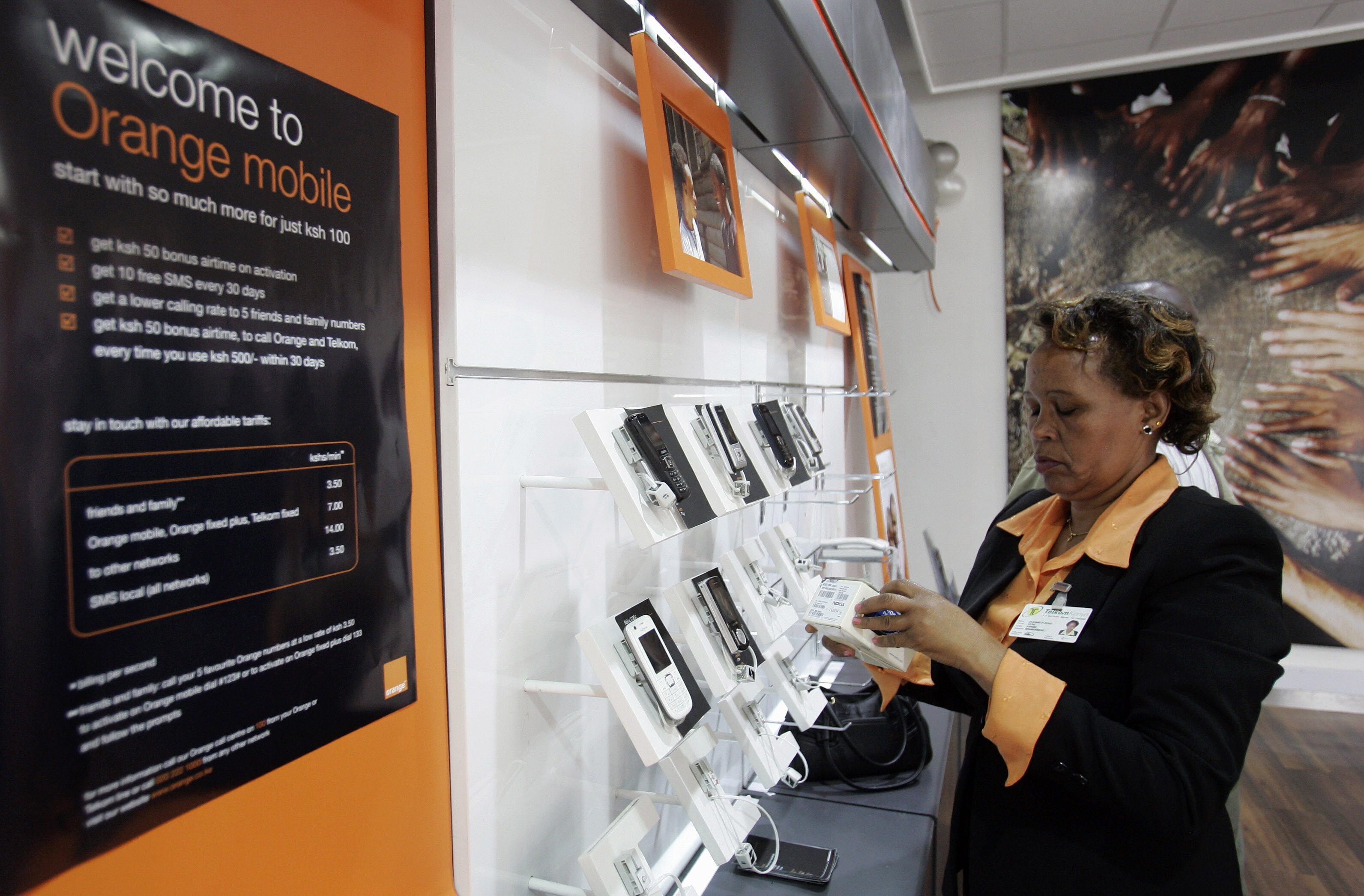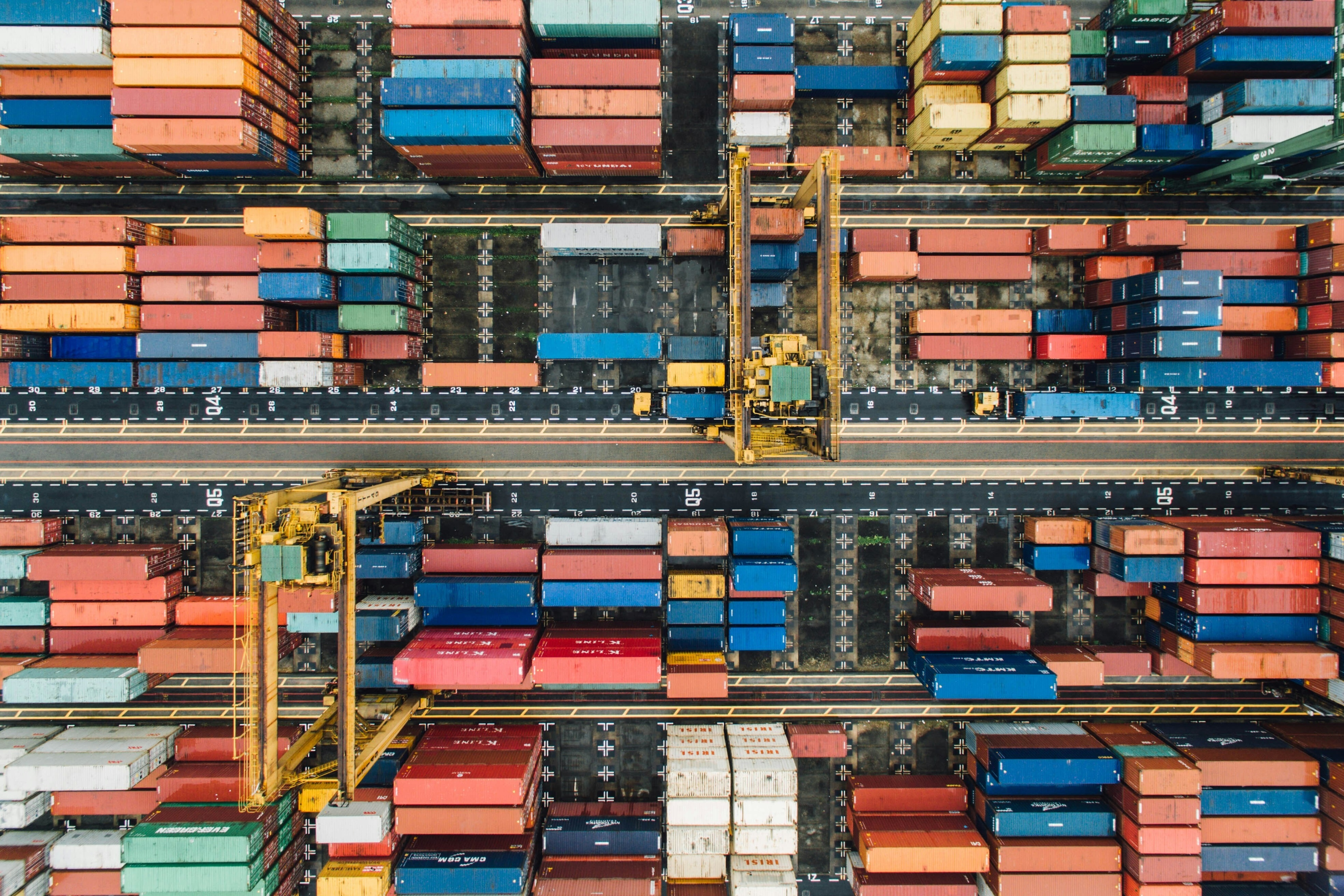Opinion
How an affordable cross-border delivery service will unlock the promise of millions of SMEs in Southeast Asia

Better cross-border logistics would benefit small businesses across Southeast Asia.
Image: Getty Images/iStockphoto
- Smaller companies make up 97% of all businesses in Southeast Asia and better access to cross-border opportunities unlocks key potential for growth.
- Providing equitable access to the entire region’s consumers through better cross-border logistics will be very important for unlocking this potential.
- Here's why a vision of a more integrated Southeast Asia is both an economic imperative and a call to action for a more prosperous future for everyone.
We are in a crucial moment now to unlock and realize the true growth potential of Southeast Asia. It lies in our micro, small and medium-sized enterprises’ (MSMEs) ability to meaningfully tap into cross-border trade within the region, which is not easily accessible today.
Southeast Asia is home to 71 million MSMEs, that represents 97% of all business establishments and reflects 85% of the labour force, approximately over 67% of the working population.
In aggregate, they produce 60% of the region’s gross domestic product, and power 20% of the region’s exports. Many reports declared the region as the top cross-border growth opportunity for Asia-Pacific region, however of these 71 million MSMEs – less than 20% or only 13 million MSMEs are formally organized.
Meanwhile, the region’s macroeconomic picture mirrors. For the first time ever China exports more to Southeast Asia than to the US. Notably, about 80% of e-commerce gross merchandise volumes (GMV) is imported from outside Southeast Asia, with a significant portion coming from China.
To unlock the full potential for MSMEs in Southeast Asia is to provide equitable access to the entire region’s consumers through better cross-border logistics. As logistics players, we have a critical role to redefine how tomorrow’s cross-border goods are moved across the region.
Making fast and affordable deliveries accessible in Southeast Asia
Southeast Asia is a subject of great passion for myself and my team at Teleport. We truly believe with the right operating model, it is possible to enable cross-border deliveries to be fast, affordable and reliable in a way that benefits everyone in the value chain – from consumers to small and large businesses alike.
To my mind, the right approach starts with enabling access to the right network. Southeast Asia as home to the world’s two largest archipelagos cannot be easily connected by road, rail or sea – by air is efficient and fast, but acquiring dedicated freighters to serve the market is cost-prohibitive.
Instead, did you know there is already ample available capacity by air in Southeast Asia today? Budget carriers are the dominant airline model in Southeast Asia, and their cargo capacity is about 70% unused, on average.
This means most planes in the air are flying 'empty' in their cargo hold to most destinations within the region today. We challenge the notion that airlines typically see each other as competitors by saying there is an opportunity here to work as partners.
Our approach to grow our network, with what is today its largest air logistics network in Southeast Asia, is focused on working with all airlines. We connect their network with ours, maximizing their existing cargo utilization while mutually growing our capacity in key lanes – without putting more aircraft (and emissions) in the skies.
We build a more connected, and valuable mid-mile network by working together whilst doing more with existing assets also translates into a much more affordable cost structure for SMEs of all types.
Accept our marketing cookies to access this content.
These cookies are currently disabled in your browser.
With exports expected to double over the next six years, the real opportunity we need to focus on is unlocking the potential of the tens of millions of SMEs who are not yet formalized, and are therefore locked out as a result of lack of access to digital capabilities, public funding and infrastructure.
More than 80% of MSMEs agree that they can reach a wider customer base through digital platforms. We need to open up access to this unique air network that even the most underserved SMEs can rely on.
To support the right network, it is also imperative we put in place the right technology and the right partnerships. Access to the right technology sounds easier said than done, but some ASEAN governments have demonstrated that it is possible.
An example is Singapore’s Network Trade Platform which has digitalized its end-to-end customs trade process. Thailand has also recently followed suit, having built their own single-window customs platform.
It’s no secret that we’ve been talking about streamlining and connecting our cross-border customs capabilities for years.
ASEAN has been doing its best to navigate around each member country and private sector companies to come together to formulate policies and technologies that will deliver this interoperable, harmonized digital economy under their Digital Economy Framework Agreement (DEFA).
What we need now are for these customs systems to communicate with each other through a common, and seamless platform that allows businesses to conduct cross-border trade in a faster, paperless, transparent and overall more efficient way.
To be the game changer in this region, we need to encourage something different and drastic. Can we, both public and private sectors, who are currently actively participating in ASEAN DEFA policy negotiations today, respectively agree to bring that game-changing mindset, instead of an incremental one, to push for a common, simple but high impact solution into the final ASEAN DEFA in 2025?
Everyone can win with a more connected Southeast Asia
The vision of a more integrated, connected and efficient Southeast Asia is not just an economic imperative — it's a call to action for a brighter, more prosperous future for all.
Imagine a region where businesses, from burgeoning start-ups to established enterprises, are seamlessly connected, flourishing without unnecessary barriers. Picture a trade landscape that operates with clarity and ease, enabling us to handle increased volumes from economic powerhouses like China and facilitating the smooth flow of goods across Southeast Asia and beyond — to Oceania, the Middle East, Europe, and the US.
What is the World Economic Forum doing about digital trade?
This enhanced connectivity and streamlined logistics will elevate regional competitiveness, providing all businesses the ability to thrive with faster and more affordable cross-border movement.
The time to seize this opportunity is now. It takes a collective effort — a village even — to turn this vision into reality. When small and medium-sized enterprises succeed, it sparks a chain reaction of prosperity that uplifts us all.
At Teleport, we are eager to contribute to this transformative journey and help weave a new narrative for Southeast Asia where our shared future is vibrant, inclusive and within our grasp.
Don't miss any update on this topic
Create a free account and access your personalized content collection with our latest publications and analyses.
License and Republishing
World Economic Forum articles may be republished in accordance with the Creative Commons Attribution-NonCommercial-NoDerivatives 4.0 International Public License, and in accordance with our Terms of Use.
The views expressed in this article are those of the author alone and not the World Economic Forum.
Related topics:
Forum Stories newsletter
Bringing you weekly curated insights and analysis on the global issues that matter.
More on Trade and InvestmentSee all
John Letzing
July 24, 2025
Anthony Cano Moncada
July 23, 2025
Lisa Satolli
July 17, 2025
Yusuf Maitama Tuggar
July 10, 2025
Bright Simons
July 7, 2025





